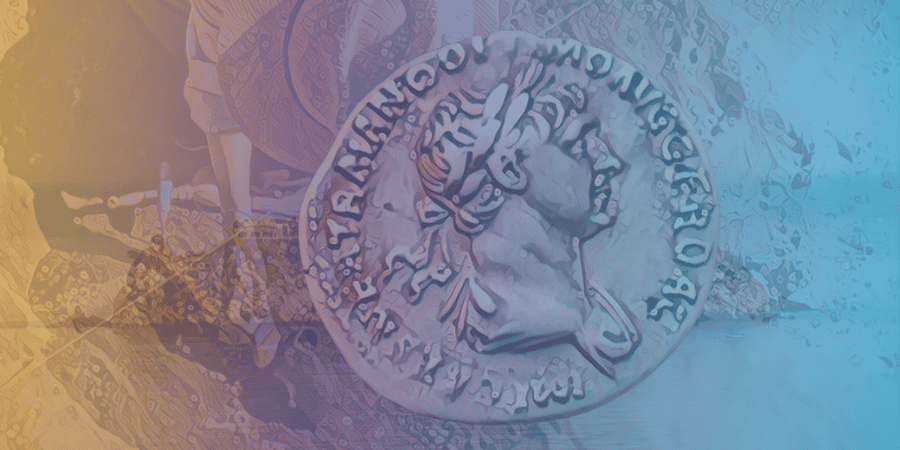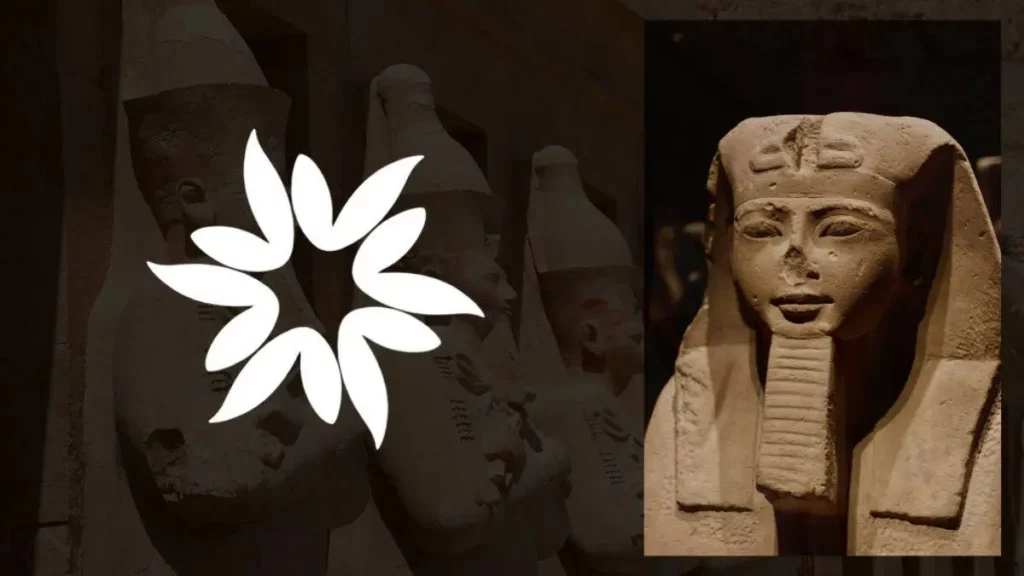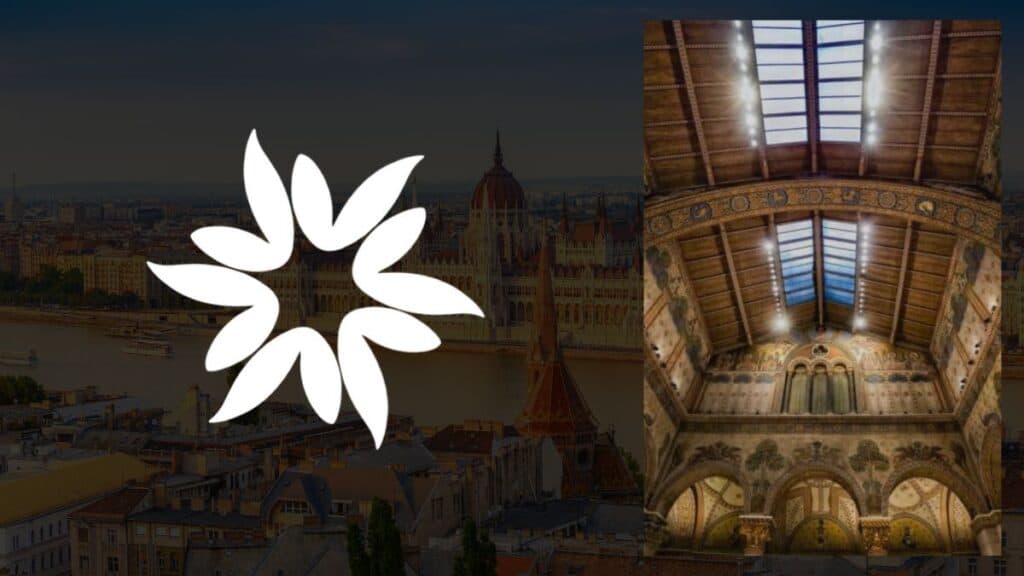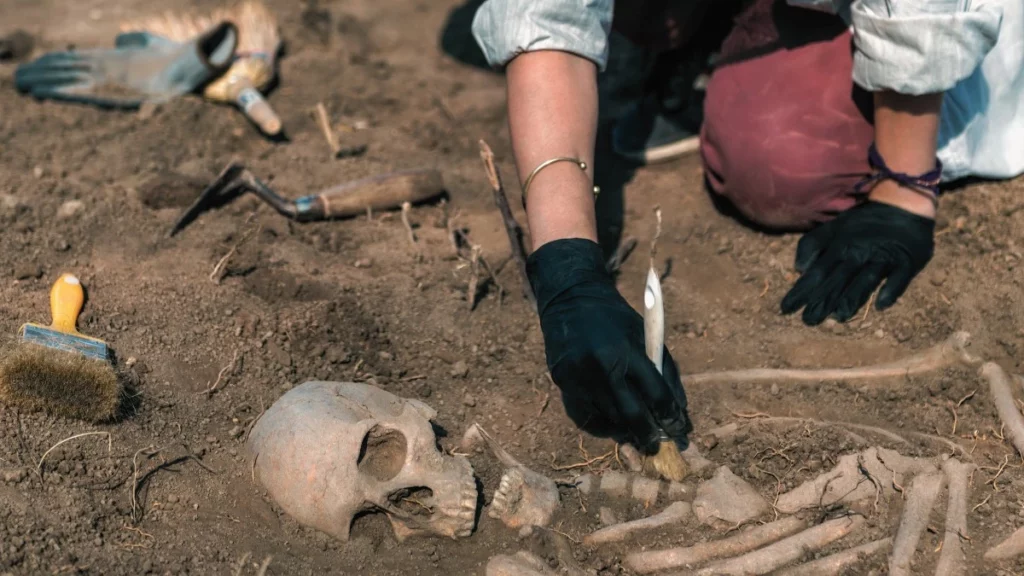Key Takeaways
- Two Roman silver coins were recently discovered by archaeologists on Gotska Sandön, a remote island in the Baltic Sea.
- The discovery has raised questions and excitement among experts as there is no clear explanation of how the coins arrived on the island.
- Theories suggest Norse traders or Romans themselves could have brought the coins to Gotska Sandön.
- The new findings support claims made by a 19th-century lighthouse keeper who said he found a Roman coin on the island.
- The discovery provides valuable insight into the trade and circulation of currency during ancient Rome, and further exploration is planned for later this year.
Archaeologists Discover Two Roman Denarii on Gotska Sandön
Archaeologists recently uncovered two Roman silver coins on Gotska Sandön, a remote island in the Baltic Sea.
The discovery has baffled experts, as there is no clear explanation of how the coins arrived on the island.
The coins, Roman denarii from the reigns of Emperor Trajan and Emperor Antoninus Pius, were discovered by a team from Södertörn University, Campus Gotland, and the Gotland Museum.
Coin Discovery Raises Questions and Excitement
The two silver coins were found in March by archaeologist Johan Rönnby and his team at a beach site marked by old fireplaces on the island.
Rönnby expressed his excitement about the discovery, saying that it makes the site even more interesting and worth further exploration.
The team has been working on the archaeological project since 2020.
The coins may have been brought to Gotska Sandön by Norse traders seeking shelter from storms or survivors from one of the many shipwrecks in the dangerous waters surrounding the island.

Possible Explanations for the Coins’ Presence
While there is no definitive answer to how the coins arrived on the island, several theories have been proposed.
The coins may have been brought to Gotska Sandön by Norse traders seeking shelter from storms or survivors from one of the many shipwrecks in the dangerous waters surrounding the island.
Another possibility is that the Romans themselves brought the coins to the island. Although no records exist of a Roman voyage to the Baltic, it is known that Romans sailed to places like Scotland and wrote about the Baltic area.
Echoes of 19th-century Claims
The new findings support claims made by a 19th-century lighthouse keeper, Hjalmar Söderberg, who said he found a Roman coin on the island.
Daniel Langhammer, an officer from the County Administrative Board of Gotland, noted that while Roman silver coin finds are not uncommon on the nearby island of Gotland, they are rare on Gotska Sandön.
The unusual location of the discovery makes it significant and fascinating.
Continuing the Exploration
Despite the mystery surrounding the coins’ origin, their discovery provides valuable insight into the trade and circulation of currency during ancient Rome.
Rönnby and his colleagues, including osteologist Sabine Sten from Uppsala University, plan to return to the site later this year to further investigate the history of the remote island.








